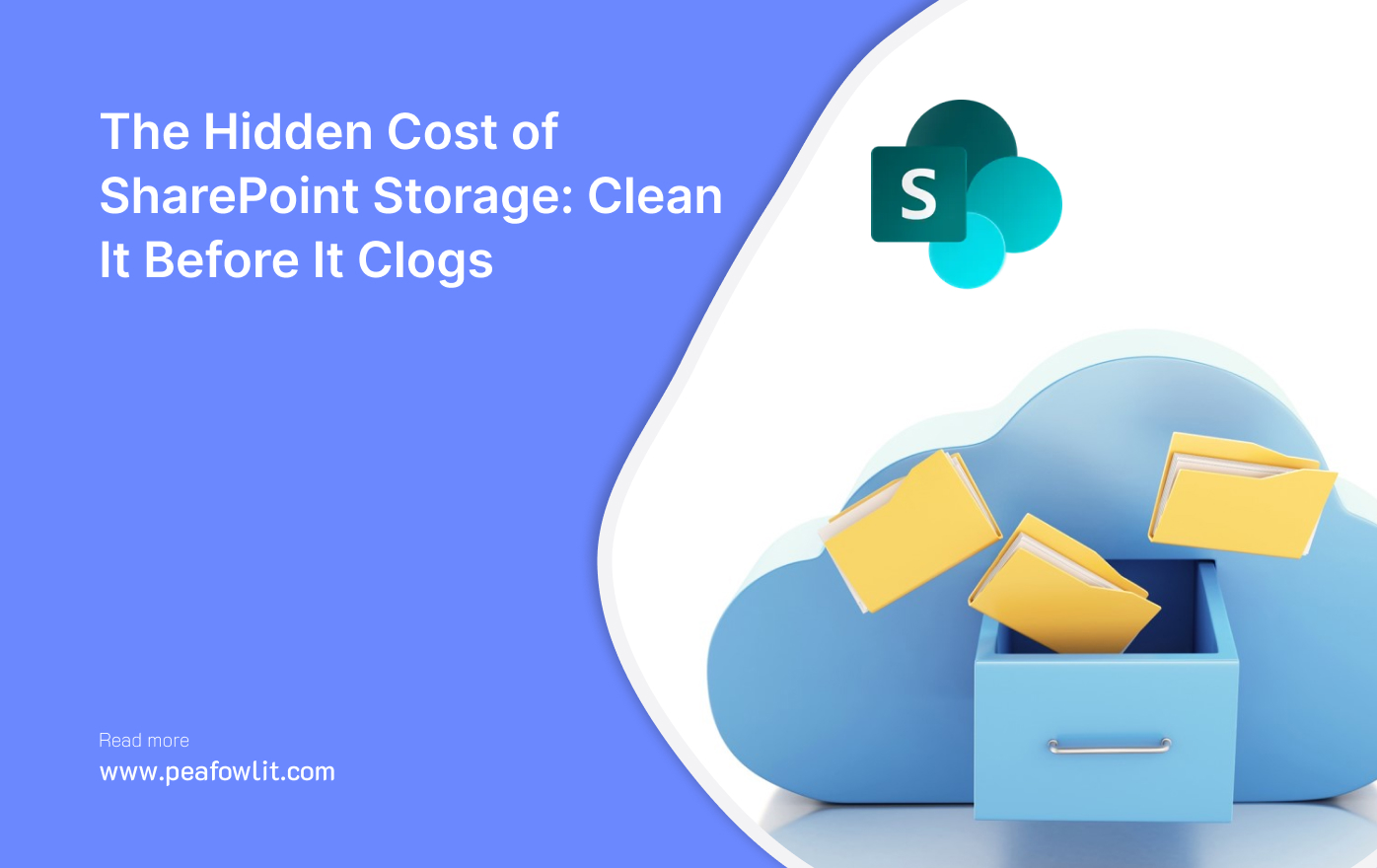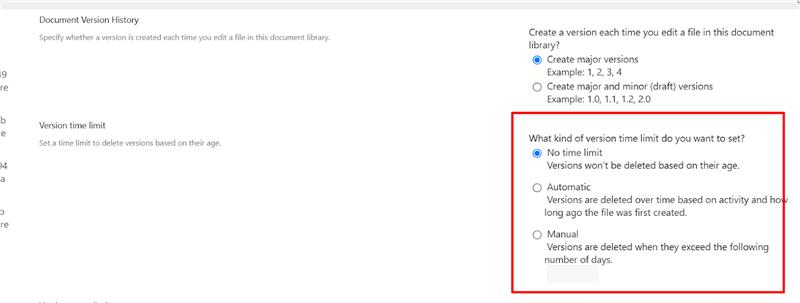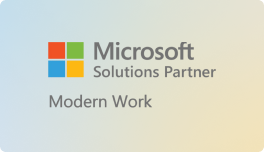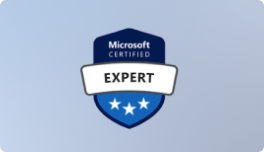
As organizations scale, SharePoint often becomes a critical digital workspace for collaboration and document management. However, over time, it’s easy for storage to become bloated with legacy versions, large media files, and redundant data. Left unmanaged, this can lead to performance degradation, increased storage costs, and administrative headaches.
In this blog, we’ll explore efficient and practical strategies to clean up SharePoint storage and keep your environment healthy — especially in cases where your SharePoint tenant is being filled up with large databases or files.
1. Legacy Version Cleanup Using PowerShell
SharePoint supports version history, which is essential for tracking document changes. However, excessive versioning can rapidly consume storage.
Solution: Use a PowerShell script to identify and delete versions older than a specific time frame (e.g., 6 months).
powershell
CopyEdit
# Example PowerShell command using PnP PowerShell
Connect-PnPOnline -Url “https://yourtenant.sharepoint.com/sites/yoursite” -Interactive
Get-PnPListItem -List “Documents” | ForEach-Object {
Remove-PnPFileVersion -List “Documents” -Identity $_.Id -KeepVersion 10
}
You can customize the script to target specific lists/libraries or archive older versions before deletion.
2. Enable Automatic Version Cleanup in Document Libraries
Microsoft has introduced version management settings directly in the library settings UI.
Steps:
- Go to Library Settings → Versioning Settings
- Choose to retain only the latest X versions (e.g., 10 versions)
- Automatically delete older versions beyond the limit

Regularly empty site and second-stage recycle bins to reclaim storage space
3. Move Large Media Files to Azure File Storage
Media files such as training videos, product demos, or image-heavy archives can occupy significant space.
Strategy:
- Identify files larger than a threshold (e.g., 100MB)
- Move them to Azure Files
- In SharePoint, maintain a link to the file instead of storing it directly
4. Audit and Delete Unused Sites and Lists
Inactive or abandoned sites can clutter the environment with stale data.
Approach:
- Use SharePoint Admin Center Reports or PowerShell scripts to identify sites with no recent activity
- Archive or delete these sites after stakeholder confirmation
- Repeat periodically as part of a governance process
5. Empty the Two-Level Recycle Bin
Many admins forget that deleted files continue to occupy storage until permanently removed from SharePoint’s two-stage recycle bin:
- First-stage recycle bin: Items deleted by users
- Second-stage recycle bin (Site Collection Recycle Bin): Items deleted from the first-stage bin
We can use PowerShell script to Delete Two level Recycle bin.
Last but not one the List: Educate Users on Storage Best Practices
Even the best technical solutions can be undermined by poor user habits.
- Encourage users to avoid uploading large zip files or personal media
- Promote OneDrive for personal storage
- Guide content owners on how to manage versioning and archives
- Often use Automatic Version clean up
- Set proper Retention policy at organization level
Conclusion
Managing SharePoint storage proactively is key to avoiding performance issues and rising costs. By cleaning up old versions, removing unused content, offloading large files, and using tools like Microsoft 365 Archive, you can keep your environment efficient and scalable. A little maintenance goes a long way — start optimizing today.
At Peafowl IT Solution, we specialize in delivering tailored SharePoint development services that align with your business goals. Whether you’re looking to optimize storage, enhance performance, or build custom SharePoint solutions, our team leverages best practices and Microsoft-recommended strategies to ensure your environment runs efficiently and cost-effectively. From implementing smart storage policies to integrating performance-enhancing tools, we help you get the most out of your SharePoint investment.








